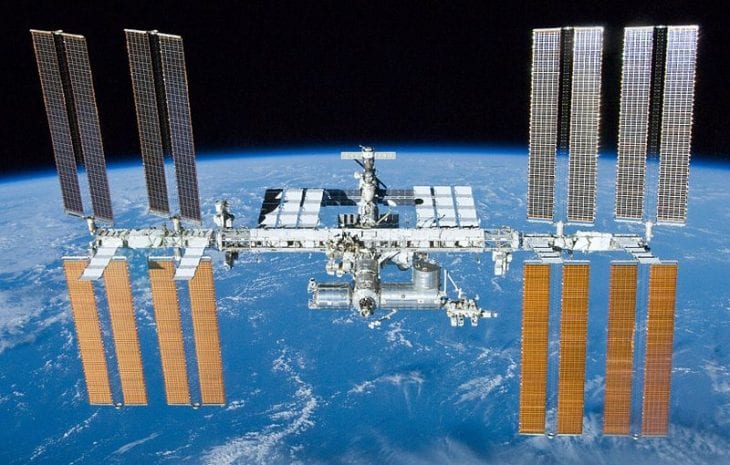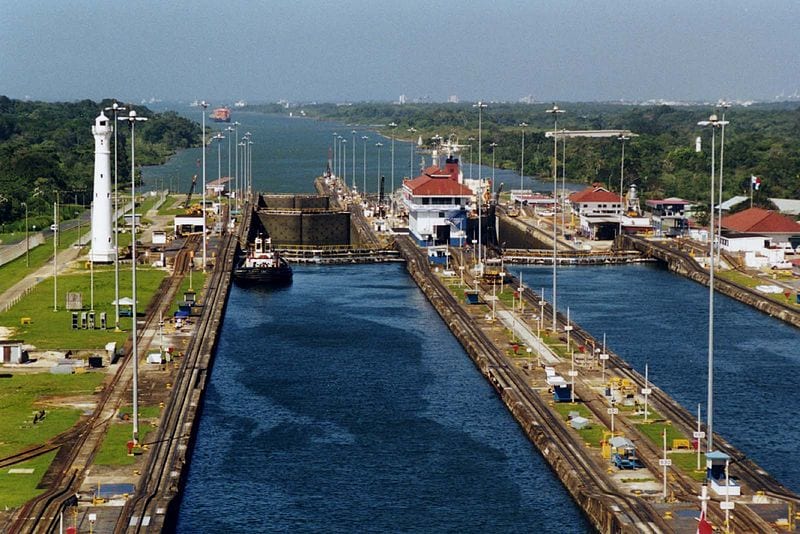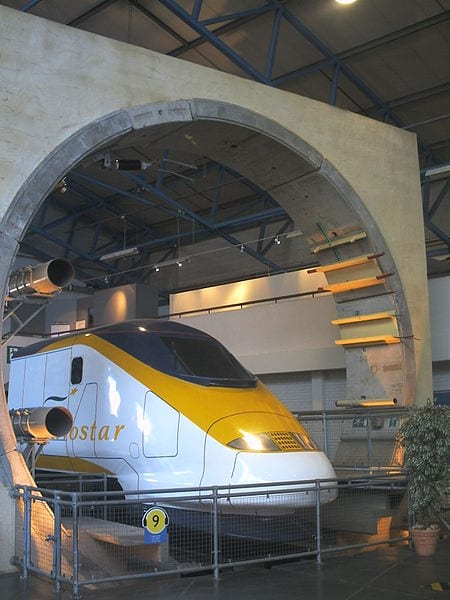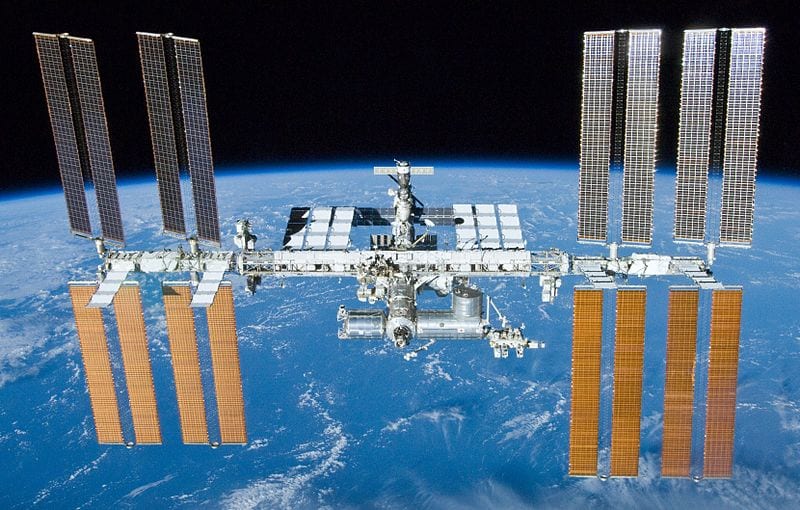- Get link
- X
- Other Apps
5 Most Amazing Engineering Achievements

1. The International Space Station (ISS) – First on our list is a space age engineering accomplishment. The ISS was launched in 1998 and has been orbiting Earth ever since. The station holds a crew of 6 astronauts and is the largest artificial object in orbit: it is 72.8 m (239 ft) long, 108.5 m (356 ft) wide and around 20 m (66 ft) in height. It is so big that it’s possible to see the ISS from earth with the naked eye. The ISS is used for research in different fields of science and lately HD cameras that send live streaming of Earth over the internet were installed. Watch Earth from space live here!
2. The Large Hadron Collider (LHC) – Still in the field of recent technology achievements, the Large Hadron Collider (LHC) is the largest particle collider in the world, built in the years 1998-2008 by CERN (the European Organization for Nuclear Research). It was built by thousands of scientists and engineers from hundreds of universities and from more than 100 countries. The LHC is a 27 km (17 mi) long tunnel, 175 metres (574 ft) deep in the ground beneath the borders of France and Switzerland. So what is the LHC used for? Simply put, it enables scientists to reproduce the state of the universe (very) shortly after the Big Bang, and test relevant theories. In 2013 an experiment in the LHC proved the existence of the Higgs boson particle

Most Amazing Engineering Achievements: The Large Hadron Collider (source: alpinethread)
3. The Panama Canal – The Panama Canal is an engineering marvel that truly shows how mankind can overcome obstacles and not just live on Earth, but make changes on it’s surface to better meet its needs. Built from 1881 till 1914 (1881 till 1904 by France, and then construction was taken over by the USA), the Panama Canal is a 77.1 km (48 mi) long artificial ship canal that connects the Atlantic Ocean to the Pacific Ocean through Panama, thus creating a significantly important route in international maritime trade that cuts shipping time (and cost). The canal has a lock at each of its ends that lift ships to an artificial lake called Lake Gatun, which is 26 metres (85 ft) above sea level, and used to traverse the land to the other ocean. When a ship reaches the other side, the second lock lowers it back to sea level

Most Amazing Engineering Achievements: The Panama Canal. One of the locks at the entrance to Lake Gatun (source: Stan Shebs)
5. The Channel Tunnel (The Chunnel) – Opened in 1994, the Channel Tunnel is an undersea connection between England and France. Crossing the English Channel, the tunnel holds the record for longest undersea portion, at 37.9 km (23.5 mi) out of a total length of 50.5 km (31.4 mi). The tunnel reaches a depth of impressive 75 m (250 ft) and allow trains to travel at 160 kmh (99 mph). With the channel tunnel passengers can travel from London to Paris in just 2 hours 15 minutes!

The Channel Tunnel exhibit at the National Railway Museum in York, England (source: Xtrememachineuk)
- Get link
- X
- Other Apps


Comments
Post a Comment